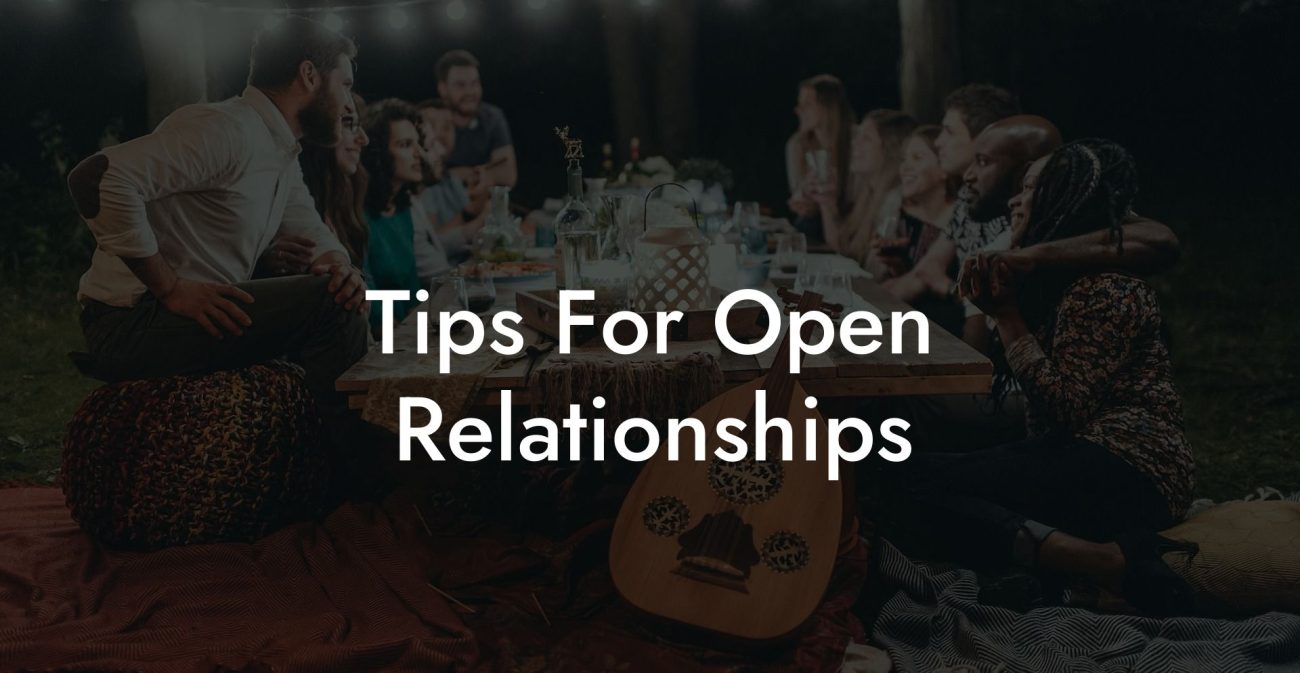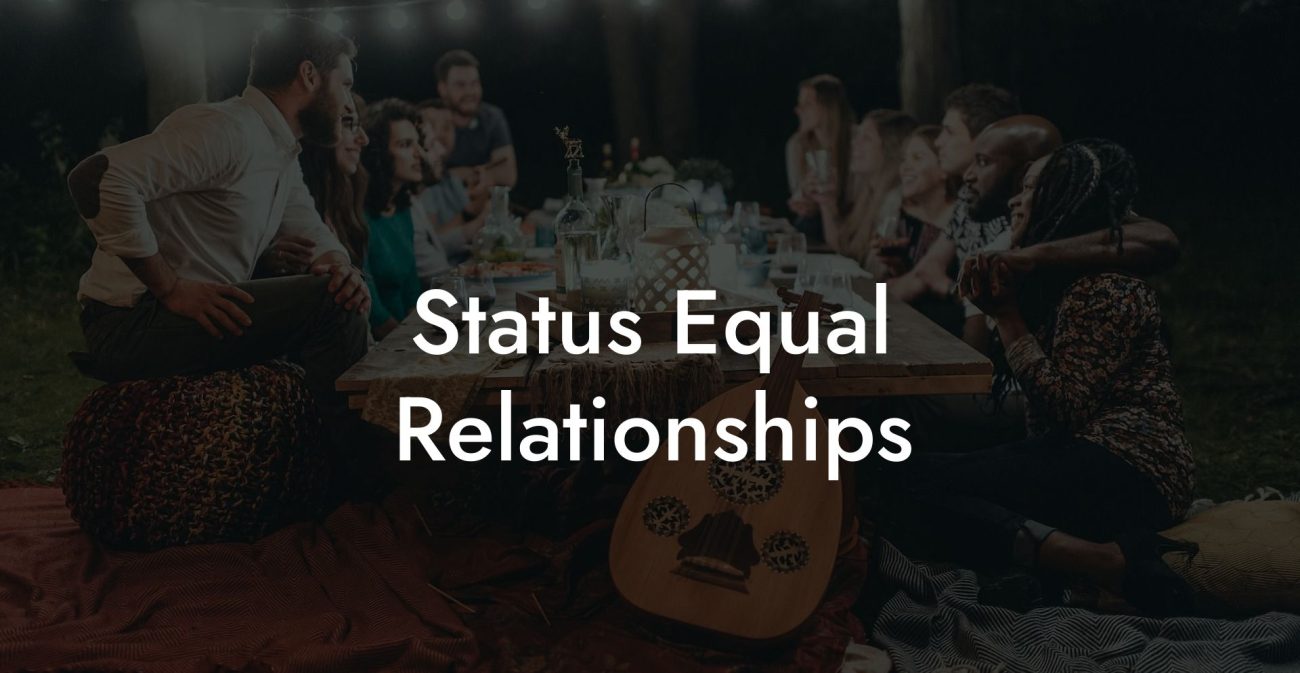Guide to Why Is Polyamory Illegal?

Welcome to our guide to why polyamory is illegal, a resource that delves into the legal, cultural, historical, ethical, and psychological dimensions of consensual non-monogamy. While polyamory as a lifestyle is not a criminal offense in many parts of the world, the legal systems in most countries only recognize monogamous marriage. This discrepancy has led to confusion and debate over whether polyamorous relationships are, in effect, “illegal” due to a lack of legal recognition and protection. In this guide, we explore these complexities in depth, providing clear definitions, historical context, and practical insights to help you understand the current legal status of polyamory, why it faces challenges under the law, and how cultural norms continue to shape its perception.
Quick Links to Useful Sections
- Understanding Polyamory
- Defining Polyamory
- Legal Status of Polyamory
- Why Polyamory Is Not Explicitly Illegal
- Legal Recognition and Its Limitations
- Cultural and Historical Influences
- Historical Roots of Monogamy in Legal Systems
- Cultural Perceptions of Polyamory
- Ethical Considerations and Debates
- Principles of Ethical Polyamory
- The Role of Consent and Autonomy
- Psychological and Social Dimensions
- Emotional Intelligence in Polyamorous Relationships
- Social Support and Community Building
- Why Is Polyamory Considered "Illegal"?
- Legal Non-Recognition vs. Criminalization
- Impact of Traditional Marriage Laws
- Social and Political Factors
- The Need for Legal Reform
- FAQ: Your Why Is Polyamory Illegal Questions Answered
As society evolves and alternative relationship models become more visible, questions about the legality and recognition of polyamorous relationships are increasingly relevant. This guide examines the roots of monogamous legal frameworks, how they contrast with the principles of polyamory, and why many legal systems have yet to catch up with modern social practices. We also discuss the ethical and psychological considerations involved, the impact of cultural norms, and the potential for future legal reforms.
Understanding Polyamory
Defining Polyamory
Polyamory is the practice of engaging in multiple consensual romantic or sexual relationships simultaneously, with the full knowledge and agreement of all parties involved. It emphasizes the idea that love is not finite and that emotional connections can flourish with more than one person at a time. Central to polyamory are principles like informed consent, transparency, and open communication. Unlike monogamy, which is characterized by exclusivity and legally binding commitments between two people, polyamory relies on personal choice and mutual respect without necessarily involving marriage or formal contracts.
The polyamorous lifestyle is diverse. Some polyamorous relationships operate with a hierarchical structure, where one relationship is designated as primary and others as secondary, while others adopt a non-hierarchical approach in which all relationships are considered equal. Regardless of the structure, polyamory is fundamentally about fostering genuine, consensual connections that honor the individuality of each partner.
Legal Status of Polyamory
Why Polyamory Is Not Explicitly Illegal
It is important to note that polyamory, as a lifestyle or personal choice, is not in itself a crime in most jurisdictions. There are no laws that explicitly criminalize the practice of loving more than one person at a time. However, the challenge arises because legal systems are typically designed around monogamous marriage, which means that the legal recognition of relationships is limited to two people.
Because polyamorous relationships do not fit neatly into the legal definition of marriage, couples who practice polyamory do not have the same legal rights and protections afforded to monogamous couples. Issues such as inheritance, custody, taxation, and spousal benefits are structured around a two-person union. In this sense, while polyamory itself is not illegal, it is effectively marginalized by legal frameworks that only recognize monogamy.
Legal Recognition and Its Limitations
In many countries, the legal institution of marriage is defined strictly as a union between two people. This monogamous framework means that while individuals in polyamorous relationships can legally marry one partner, the other relationships remain informal and are not recognized by the state. This lack of legal recognition can lead to several practical challenges:
- Inheritance and Property Rights: Without legal marriage, additional partners may have no legal claim to shared property or assets, even if they contribute significantly to the household.
- Custody and Parental Rights: Legal parentage is often determined by marital status, potentially complicating custody arrangements in families with more than two parents.
- Social Security and Benefits: Benefits such as healthcare, pensions, and tax deductions are typically structured around a legally recognized monogamous marriage.
These limitations have spurred ongoing debates about the need for legal reform to accommodate diverse relationship models, though such reforms have been slow to emerge in many regions.
Cultural and Historical Influences
Historical Roots of Monogamy in Legal Systems
The legal emphasis on monogamy has deep historical roots. For centuries, many societies have promoted monogamy as the standard model for family structure, influenced by religious doctrines, economic systems, and social norms. In Western cultures, the dominance of Christianity played a significant role in establishing monogamous marriage as the norm, with laws and social policies evolving to support this model.
As these legal frameworks were established, alternative relationship models like polyamory were not considered, leaving little room for adaptation when cultural attitudes began to shift. Even though modern society is increasingly aware of diverse relationship models, the legal system has been slow to change, continuing to reflect historical monogamous norms.
Cultural Perceptions of Polyamory
While polyamory is not illegal, it is often viewed through a lens of cultural skepticism and stigma. Many people still associate successful relationships with monogamy, and alternative models may be misunderstood or criticized. This cultural bias can influence policy-making and reinforce the legal limitations that polyamorous individuals face.
However, there is a growing movement within progressive communities to challenge these traditional norms. Activists and scholars argue that the legal system should adapt to the evolving nature of human relationships, recognizing that ethical, consensual non-monogamy is a valid expression of love and intimacy.
Ethical Considerations and Debates
Principles of Ethical Polyamory
Ethical polyamory is built on the pillars of informed consent, open communication, mutual respect, and equality among all partners. Advocates for ethical polyamory stress that every participant must enter the relationship voluntarily and that all parties should have a voice in negotiating boundaries and expectations. This ethical framework is intended to prevent exploitation and ensure that the well-being of every individual is prioritized.
The ethical debate surrounding polyamory often centers on whether society can accommodate diverse models of love without compromising the rights and welfare of those involved. While ethical polyamory promotes transparency and empowerment, the lack of legal recognition means that many of its ethical practices are not supported by corresponding legal protections.
The Role of Consent and Autonomy
Central to ethical polyamory is the principle of consent. All relationships must be entered into with full, informed agreement from every participant. This emphasis on autonomy and self-determination is a key point of distinction from coerced or non-consensual practices. However, because the law is structured around monogamous marriage, the autonomy of polyamorous individuals often lacks the legal support necessary to fully protect their choices.
Psychological and Social Dimensions
Emotional Intelligence in Polyamorous Relationships
Managing multiple relationships requires a high degree of emotional intelligence. Individuals in polyamorous relationships often develop advanced communication skills, self-awareness, and the ability to manage complex emotions such as jealousy and insecurity. These skills are essential for maintaining healthy relationships, but they do not always translate into legal protections.
Social Support and Community Building
Many polyamorous individuals find strength and validation in supportive communities. Online forums, social media groups, and local meet-ups provide spaces for sharing experiences, learning from others, and advocating for legal reform. Despite the challenges posed by the legal system, these communities play a crucial role in promoting understanding and acceptance of diverse relationship models.
Why Is Polyamory Considered "Illegal"?
Legal Non-Recognition vs. Criminalization
It is important to clarify that polyamory itself is not a criminal offense. No law explicitly prohibits individuals from having multiple consensual relationships. Instead, the issue lies in the legal non-recognition of these relationships. Most legal systems are designed to recognize and protect monogamous marriages. As a result, polyamorous relationships often lack legal standing, which can lead to difficulties in areas such as inheritance, custody, and spousal benefits.
Impact of Traditional Marriage Laws
Traditional marriage laws have been developed over centuries to support monogamous unions. These laws dictate how property, finances, and parental rights are managed, and they offer certain protections and benefits that are not available to those in polyamorous relationships. The lack of a legal framework for polyamory means that, in practice, polyamorous relationships are marginalized by the legal system, even though they are not technically "illegal."
Social and Political Factors
Political and social ideologies have also played a significant role in shaping laws around relationships. In many countries, conservative values and religious influences have reinforced the notion that monogamy is the only acceptable model for marriage and family. This has resulted in laws that, while not criminalizing polyamory directly, do not accommodate or protect polyamorous relationships.
The Need for Legal Reform
Advocates for polyamory argue that legal reform is necessary to ensure that all forms of consensual non-monogamy are recognized and protected. They contend that the current legal framework is outdated and fails to reflect the diverse ways in which people form intimate bonds in modern society. Proposed reforms include recognizing domestic partnerships that involve more than two people and revising family law to be more inclusive.
FAQ: Your Why Is Polyamory Illegal Questions Answered
1. Is polyamory actually illegal?
Polyamory itself is not illegal. There are no laws that criminalize having multiple consensual romantic or sexual relationships. However, the legal system only recognizes monogamous marriages, which means that polyamorous relationships do not have the same legal protections.
2. What legal challenges do polyamorous individuals face?
Polyamorous individuals may face challenges such as lack of legal recognition for multiple partners, difficulties with inheritance and custody rights, and limited access to spousal benefits that are reserved for monogamous marriages.
3. Why do traditional marriage laws affect polyamory?
Traditional marriage laws are built around the concept of an exclusive, two-person union. These laws provide legal recognition and benefits for monogamous marriages, leaving polyamorous relationships without formal legal status and the protections that come with it.
4. Are there efforts to reform these laws?
Yes, many advocates and organizations are calling for legal reforms that recognize diverse relationship models, including polyamory. These efforts aim to update family laws to be more inclusive and reflective of modern relationship practices.
5. How do cultural attitudes influence the legal status of polyamory?
Cultural attitudes toward relationships have a strong influence on the law. In societies where monogamy is deeply ingrained as the norm, legal systems are less likely to adapt to alternative models like polyamory. However, as cultural views evolve and more people advocate for inclusive relationship policies, there is potential for future legal reform.
6. What can polyamorous individuals do to protect their relationships legally?
While waiting for broader legal reforms, polyamorous individuals can take steps such as drafting cohabitation agreements, establishing clear relationship contracts, and consulting with legal professionals experienced in non-traditional family structures.
Resources and Community Support: Your Next Steps
- "The Ethical Slut" by Dossie Easton & Janet Hardy – A foundational book that explores ethical non-monogamy and offers insights into the challenges and benefits of alternative relationship models.
- "More Than Two" by Franklin Veaux & Eve Rickert – A comprehensive guide offering practical advice for managing multiple relationships and navigating legal and emotional complexities.
- Podcasts: Listen to "Multiamory" and "Polyamory Weekly" for engaging discussions and personal stories about polyamory and legal issues related to non-monogamy.
- Online Communities: Join forums such as r/polyamory and other social media groups to exchange ideas, share experiences, and gain support.
- Workshops and Webinars: Attend events focused on ethical non-monogamy and family law reform to expand your knowledge and network with like-minded individuals.
By exploring these resources and applying the insights and strategies outlined in this guide, you can develop a well-informed understanding of why polyamory is marginalized by current legal frameworks, despite being a consensual and ethical lifestyle choice. Embrace continuous learning, open dialogue, and proactive self-advocacy as you navigate the challenges and opportunities of consensual non-monogamy.
Lost & confused by all of the terms, types and seemingly made up 3 letter acronyms?? We've got you. Check out our Ethnical Non-Monogamy Dictionary >>
Useful Interruption: Not sure which relationship vibe fits you best? Take our Relationship Test, it’ll give you the real insight into your natural relationship style. Then, dive into our binge-worthy guides (from the tried-and-true to the “wait, that’s a thing?”) and find the perfect relationship type for your life:
- Monogamy
- Open Relationships
- Ethical Non-Monogamy
- Solo Polyamory
- Non-Hierarchical Polyamory
- Hierarchical Polyamory
- Relationship Anarchy
- Swinging
Now back to the main article but yeah take the test...












